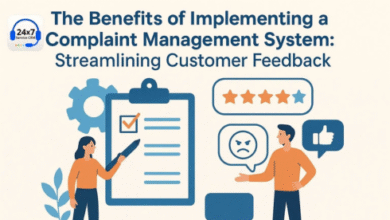
Version Control: Managing Code Changes Effectively
Version control is a cornerstone of modern software development, allowing teams to collaborate efficiently, track changes, and maintain code quality over time. Whether you’re working on a solo project or part of a large development team, understanding and implementing version control best practices is essential for managing code changes effectively.
At its core, version control involves tracking changes to files over time. It allows developers to:
Collaborate Smoothly: Multiple developers can work on the same codebase simultaneously without stepping on each other’s toes. Version control systems (VCS) merge changes intelligently to avoid conflicts.
Track Changes: Developers can see exactly what changes were made, who made them, and why. This audit trail is invaluable for debugging, troubleshooting, and ensuring accountability.
Roll Back Changes: If a bug is introduced or a change causes issues, developers can revert to a previous version of the code.
Branch and Merge: VCS allows for branching, where developers can work on separate features or fixes without affecting the main codebase. These branches can later be merged, incorporating changes while maintaining code integrity.
Code Review: Code reviews are essential for maintaining code quality. With version control, team members can review changes, provide feedback, and suggest improvements before code is merged.
Continuous Integration/Continuous Deployment (CI/CD): VCS integrates seamlessly with CI/CD pipelines, automating the process of testing, building, and deploying code changes.
There are two main types of version control systems: centralized and distributed. Centralized systems have a single repository, while distributed systems create copies of the repository on each developer’s machine. Git, a distributed version control system, has become the industry standard due to its speed, flexibility, and robust branching and merging capabilities.
When using Git, developers work with a central repository hosted on platforms like GitHub, GitLab, or Bitbucket. Here’s a basic workflow:
Clone: Create a copy of the repository on your local machine.
Branch: Create a new branch for your changes (e.g., feature/add-login).
Commit: Make and commit changes to your branch with meaningful messages.
Push: Push your branch to the central repository.
Pull Request: When your changes are ready, open a pull request (PR) to merge them into the main branch.
Review: Team members review your code, provide feedback, and approve the PR.
Merge: Once approved, merge your changes into the main branch.
In conclusion, version control is a fundamental practice in software development. It streamlines collaboration, enhances code quality, and empowers teams to work effectively. By adopting version control best practices and leveraging tools like Git, developers can navigate the complex landscape of code changes with confidence.



